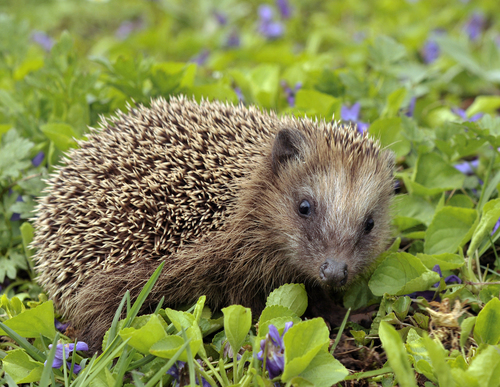
European Hedgehog
The European hedgehog, with its distinctive spiny armor, thrives in gardens and woodlands. This nocturnal insectivore curiously rolls into a tight ball at signs of danger, showcasing nature’s ingenious defense mechanisms while helping regulate pest populations in its ecosystem.
2-5 years
Lifespan
Least Concern
Conservation Status
Stable
Population Trend
Distribution Range of the European Hedgehog
Erinaceus europaeus, commonly known as the European hedgehog, is native to a wide range of Europe and extends into parts of Asia. Its distribution spans across Western Europe, from the British Isles in the west, reaching as far east as the western parts of Russia, and from Scandinavia in the north to the Mediterranean in the south. The species has also been introduced to several islands such as New Zealand, where it has established populations.
European Hedgehog's Habitat
Environmental Conditions
The European hedgehog typically inhabits environments with favorable climates that are temperate. It is commonly found in landscapes featuring a mix of woodland, grassland, and urban gardens. It avoids extremely dense forests, wetlands, and treeless arable lands.
Ecological Niche
Erinaceus europaeus is a versatile species, known for its ability to thrive in varied ecosystems. Its ecological niche includes areas with ample cover and abundant invertebrate prey such as slugs, beetles, and caterpillars. It often takes advantage of edge environments where different habitats meet, providing a wealth of food and nesting opportunities.
Copyright @ Nature Style Limited. All Rights Reserved.
 English
English